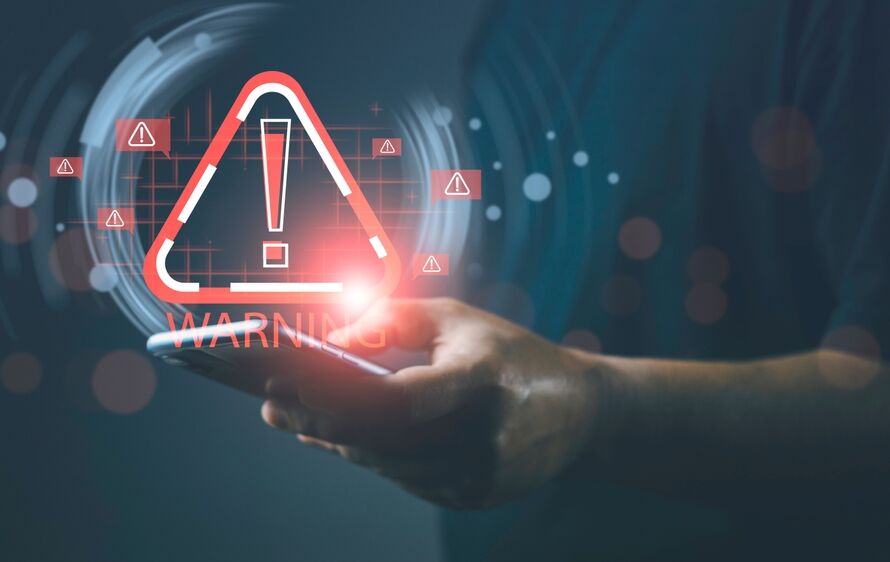Security operations centres face an endless surge of alerts, new regulations and shrinking talent pools. Trying to keep pace with human effort alone is no longer an option. By 2025 the edge will belong to teams that bring AI SOC augmentation into the heart of their defence strategy. This article unpacks why AI matters now, the core abilities an AI security operations center should deliver and the practical steps you can take to modernise your SOC without chaos.
1. The Rising Pressure on Today’s SOC Teams
A modern security operations center ingests logs from cloud apps, on‑premise servers, containers, laptops and mobile phones. One analyst might review ten thousand alerts in a single shift yet find only a handful that pose real risk. False positives grind morale and hide genuine attacks. Meanwhile cloud migrations, remote work and edge computing expand the attack surface faster than head‑count can grow. Salaries rise, burnout worsens and knowledge gaps widen. AI in cybersecurity brings relief by processing telemetry at machine speed, filtering noise and surfacing the handful of events that deserve a human eye.
2. How AI Supercharges SOC Workflows
SOC augmentation is more than a fancy dashboard. It embeds machine learning and automation across the detection and response stack turning AI into a tireless teammate. An effective SOC AI platform will:
- Ingest at scale: Pull logs, packets, cloud events and threat intelligence into one lake then parse and label them in real time
- Detect with context: Use pattern recognition to spot lateral movement, insider threats and zero days, delivering AI driven event detection that signature rules miss
- Correlate and narrate: Connect related alerts into a single story so analysts understand cause and impact without hopping tools
- Automate first response: Launch containment playbooks through security automation platforms that isolate hosts, disable accounts or block IP ranges in seconds
- Learn continuously: Adapt models with every feedback loop reducing false positives while staying sharp against new tactics
These abilities let analysts focus on complex investigations instead of repetitive triage lifting job satisfaction and cutting overtime.
3. Building Your SOC Modernisation Roadmap for 2025
Creating an AI in SOC automation plan does not happen overnight. Successful teams break the journey into clear phases.
Phase one: baseline and gap analysis
Document current mean time to detect and mean time to respond. Note manual hand‑offs, duplicate tools and places where alerts pile up.
Phase two: pilot high‑impact use cases
Start with phishing triage, malware containment or privilege misuse. These domains see quick wins when automated and provide solid metrics to justify expansion.
Phase three: integrate and train
Connect the AI engine to your SIEM and ticketing stack. Give analysts workshops on interpreting confidence scores, adjusting thresholds and refining playbooks. Remember AI for SOC teams should lift human skill not replace it.
Phase four: expand data feeds and automation depth
Add cloud telemetry, endpoint data and external intel feeds. Enable auto‑remediation for low risk scenarios while keeping humans in the loop for high impact calls.
Phase five: review governance and compliance
Map every automated action to regulations such as ISO 27001 or Essential Eight. Ensure your change management board signs off before full roll‑out.
Following this roadmap positions your organisation to lead in security infrastructure modernization rather than scrambling to catch up later.
4. Real‑World Gains from AI SOC Augmentation
Early adopters who completed the roadmap report measurable improvement across key metrics.
- Alert reduction: AI powered SOC tools cut daily alert counts by up to 80 percent freeing analysts to focus on genuine threats
- Detection speed: Organisations using AI powered real time threat detection for SOC see mean time to detect fall from hours to minutes
- Response efficiency: Automated playbooks lower mean time to respond by as much as 90 percent slashing downtime costs
- Analyst retention: Removing mind‑numbing triage work improves job satisfaction reducing turnover and creating space for deeper skill development
A leading Australian utilities provider deployed SOC augmentation with AI in Australia across two data centres and thirteen cloud accounts. In the first quarter they stopped three ransomware attempts before encryption began and passed a compliance audit with half the usual preparation hours. These wins show how AI delivers both operational and board‑level value.
5. Choosing the Right AI SOC Platform
The market is crowded with vendors so ask pointed questions before you sign.
- Proof of impact: Can the platform demonstrate verifiable drops in alert volume and time to respond?
- Explainability: Does it provide clear reasoning for every high‑risk score or does it operate as a black box?
- Integration: Will it plug into your existing SIEM, SOAR and ticketing stack without months of custom code?
- Deployment flexibility: Can it run on‑premise, in private cloud or as SaaS to meet your data‑sovereignty needs?
- Support and tuning: Does the licence include model updates, threat feed maintenance and hands‑on tuning sessions?
A strong partner will tick all these boxes and offer transparent pricing so you can scale without surprises.
Next Steps
Supercharging security operations in 2025 means pairing human insight with intelligent automation. By weaving AI into the heart of your SOC you trim noise, speed investigations and stay resilient against adversaries who never sleep. Start with a focused pilot, train your analysts and choose a partner that values explainability and open integration. The result will be a leaner, sharper team ready to defend the business no matter how complex the digital landscape becomes.
Ready to see how CiBRAI can accelerate your journey? Book a live demo and watch our platform automate triage, surface true threats and prove the value of SOC automation using machine learning within the first thirty days.



